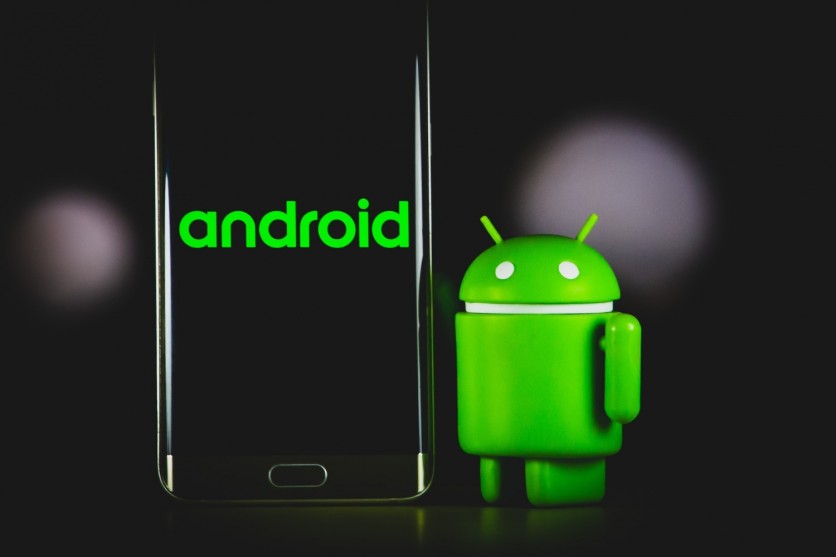Google could soon notify users about their Android phone's deteriorating battery. This stands in contrast to iPhone users who have long enjoyed the ability to view their phone's battery health statistics directly in their settings.

Getting a Battery Health Indicator
In a recent development, 9to5Google reported that Google appears poised to introduce a feature that notifies users when their Android device's battery deteriorates.
The recent Pixel Feature Drop included additional battery information, revealing the battery's manufacturing date and cycle count. Android 14 QPR2 Beta 2 introduces a concealed battery health page, though it currently lacks an actual battery health meter.
However, the code hints at potential information display, such as the estimated percentage of charge the battery can currently hold compared to when it was new. This also includes icons that appear to represent scenarios like reduced battery capacity or a failure to detect the battery.
Additionally, the Settings app will provide "tips" in case of updates on battery health, such as instances where the phone cannot detect the battery or when the battery health experiences degradation.
Comparing to iPhones
In contrast to iPhone users who have long had access to battery health statistics in their settings, The Verge reported that Android users rely on third-party apps or specific command codes to assess their battery health.
While iPhone users have long enjoyed the convenience of a built-in battery health indicator, Android owners can now anticipate the introduction of this seemingly fundamental feature directly within the standard Settings app.
This development is particularly noteworthy, given the increasing availability of authentic repair components, including batteries, and the growing accessibility of self-repair guides for Android devices.
Android devices are now benefiting from extended software update support, exemplified by the Google Pixel 8 series receiving a remarkable seven years of updates. In addition to this, manufacturers are broadening repair options and enhancing parts availability.
Some companies are even introducing self-repair programs, empowering users to undertake device repairs independently. If you aim to prolong the use of your phone throughout its official support period, it's likely you'll need to address the battery's condition at some point.
Batteries naturally degrade over time, diminishing the maximum charge capacity and consequently affecting the phone's runtime on a single charge. Determining when it's time to replace your phone's battery poses a challenge, as there's currently no straightforward method for measuring the remaining capacity.
While some apps can offer rough estimates, Android Authority reported that they typically require days or even weeks of data collection to provide a somewhat accurate measurement. Even then, the results may not be entirely reliable.
The Android operating system already gathers various battery-related statistics in the background right from the initial setup, making it a more reliable source for such estimates compared to third-party apps that commence data collection long after the device's first use.
An even more promising solution involves the battery itself sharing pertinent information with the operating system. Fortunately, Google has been diligently working on this aspect over the past year.
While Android 14 laid the initial groundwork for the OS to monitor battery health information, Android 15 is poised to bring this valuable information directly to users.

ⓒ 2026 TECHTIMES.com All rights reserved. Do not reproduce without permission.




